
Not typically the superstitious sort? If the last 365 days have swayed you into buying lottery tickets, looking for lucky pennies, learning to read Tarot cards, reading more than usual into the fortune cookies that come with your takeout Chinese, or otherwise becoming a channeler of chance, we have a question for you. What if it’s simpler than all that? What if the answer to writing your own fortune lies in lucky foods already in your pantry to eat on New Year’s Day. Foods that cultures have revered for centuries owing to their auspiciously delicious powers.
Live long with noodles…
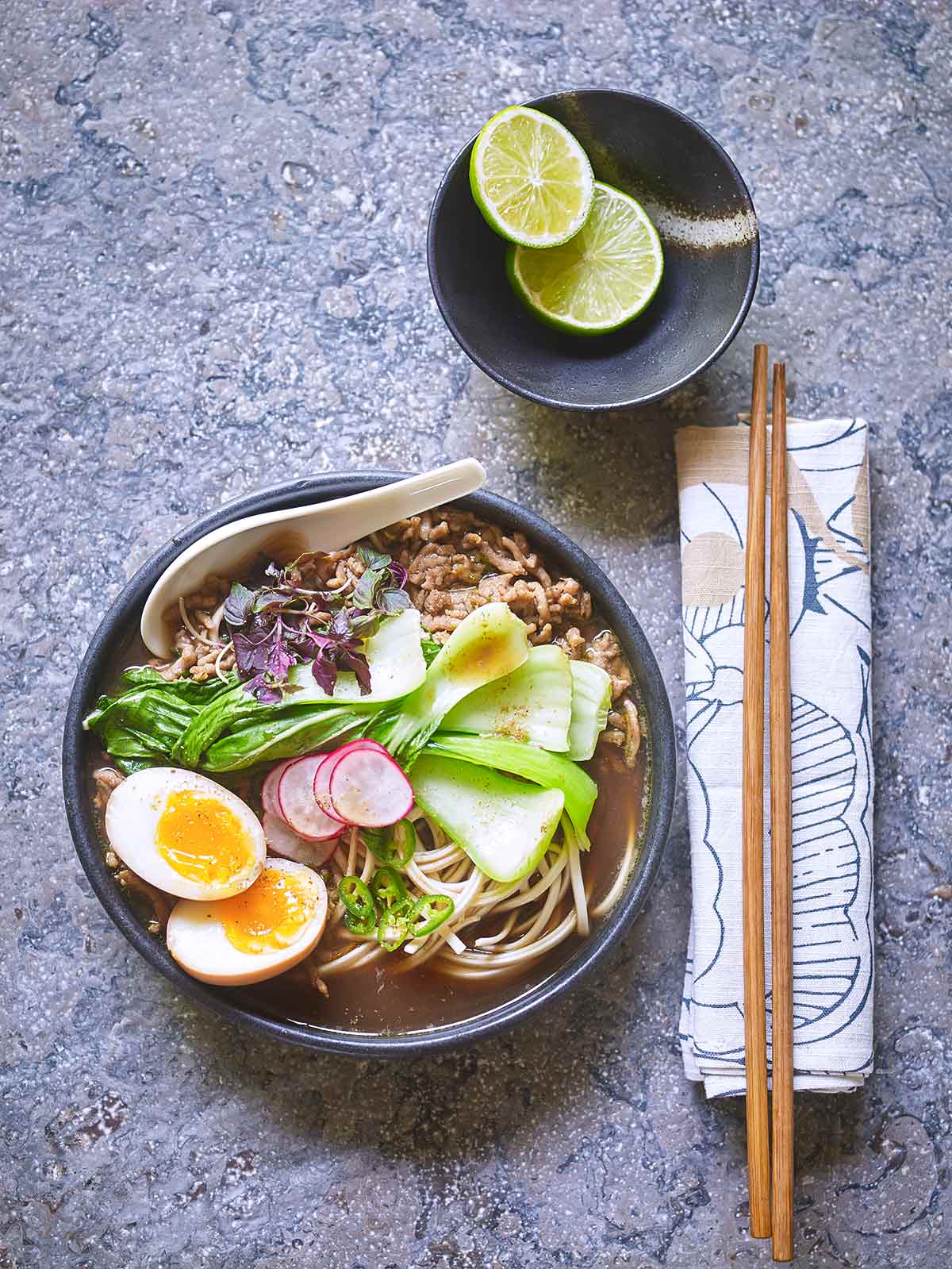
If you could happily spend the next several decades slurping bowls of noodles, you’re in luck. And the longer the noodle you toss back, the more years you’re adding to your life, according to several Asian cultures. Chinese, South Korean, Taiwanese, and Vietnamese cultures each celebrate this belief on Lunar New Year, although in recent years it’s increasingly celebrated on January 1st as well. Each culture relies on a slightly different dish to add years to your life. Cookbook author and wok therapist Grace Young’s recipe for her Mama’s noodles could be considered triply lucky because the noodles represent longevity, scallions denote intelligence, and mushrooms prosperity.
The Japanese stray somewhat from this and, instead of using “long life noodles” to pray for longevity, serve Toshikoshi soba, known as “year-crossing noodles.” Soba noodles, which are easily broken, are bitten into as a symbolic break from the past year.
We’re still trying to decide whether we’ll be indulging in our pork ramen or mapo tofu ramen or maybe Vietnamese pho or pad Thai. Or maybe tuna and tomato spaghetti.
…and prosper with black-eyed peas
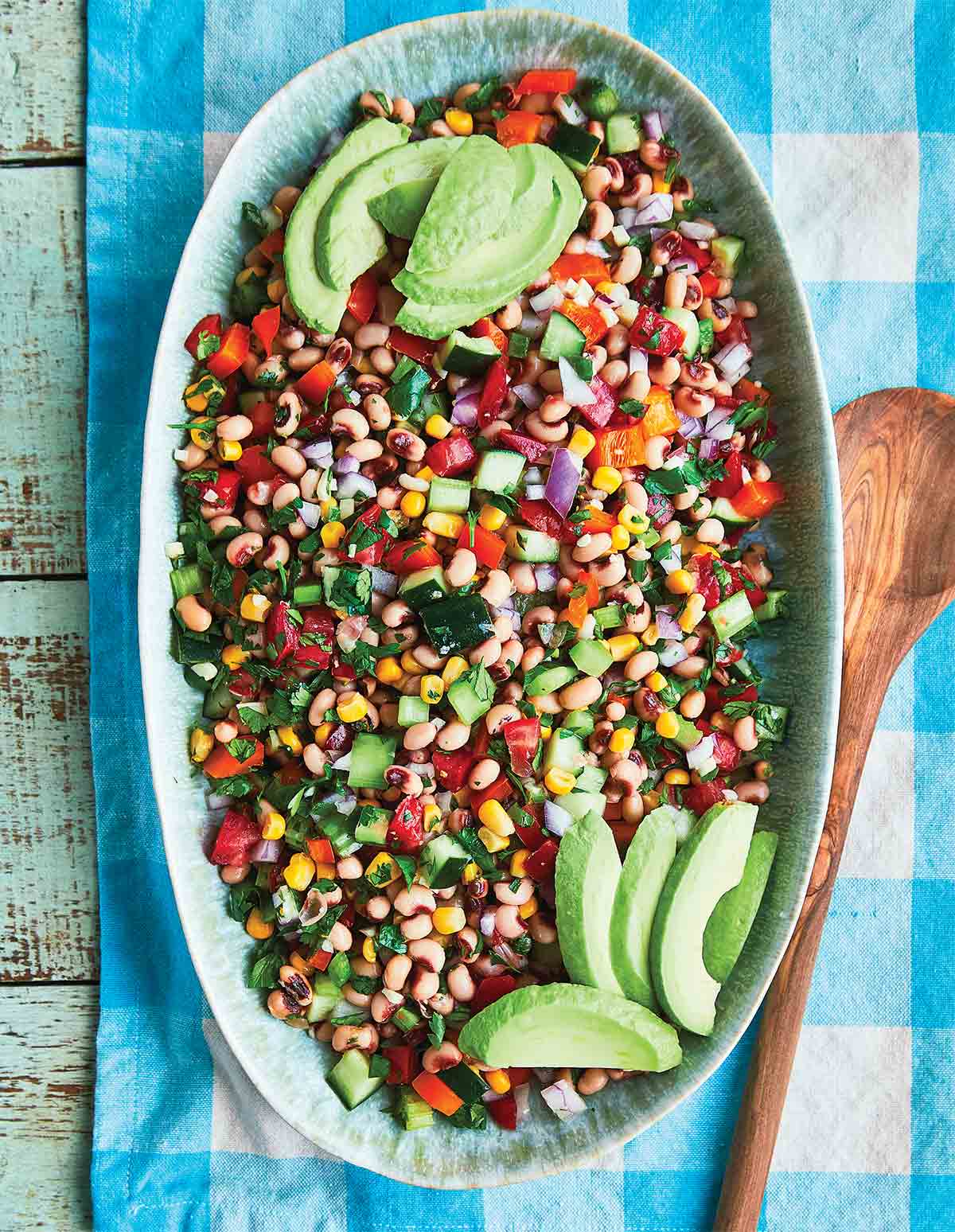
Nearly every culture in the world seems to ascribe auspicious qualities to foods that symbolize money and, hence, bring prosperity. We’re talking leafy greens like collard greens and cabbage. The perfectly burnished golden hue of Dorie Greenspan’s cornbread. Even hoppin John, the OG of traditional New Year’s Day food for Southern cooks with significant roots in the West African community. The particular appeal of this dish is the use of black-eyed peas, which signify wealth and increasing abundance by plumping up with flavor during cooking to the point when they’re very nearly bursting.
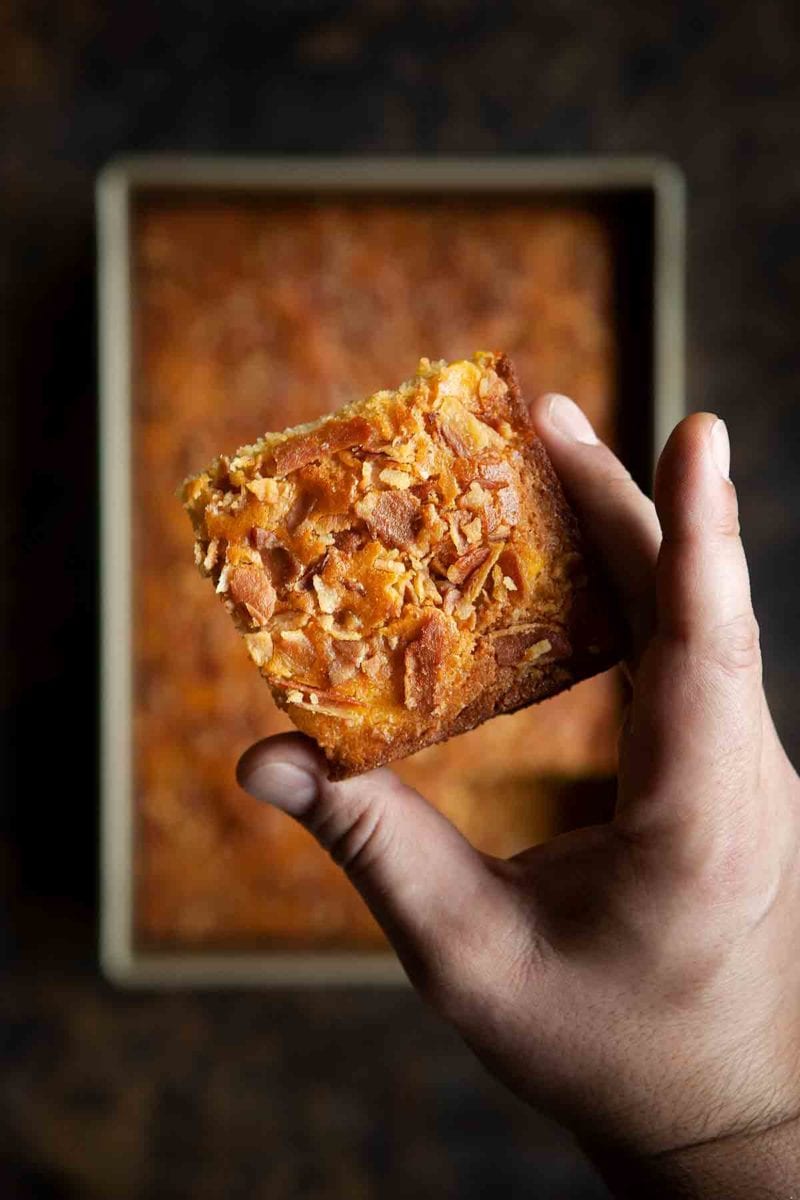
Elsewhere, pigs are revered as harbingers of fortune. Yes, pigs. Rooting for food, porkers keep their feet planted and push their snouts forward, signifying progress, future prosperity, and stability, at least in Italy, Cuba, Hungary, and Portugal. (You can double your odds of luck with eating our black-eyed pea stew on New Year’s Day which calls for ham or sausage.) And if that weren’t enough, the richness of pork fat practically screams luxury and wealth. Germany and Austria go so far as to add porcine imagery to their celebrations by decorating their tables with tiny marzipan pigs.
Another ingredient to ensure better days ahead? Fish. Given their traits of constantly moving forward and traveling in schools, swimmers are a popular choice worldwide for characterizing progress and abundance. Herring, traditionally pickled to last throughout the long hard winter, are particularly auspicious in Scandinavian, Dutch, Nordic, German, Polish, Baltic, and Jewish cuisines. Their likelihood of being caught is varied due to unpredictable migrations and eating them on New Year’s Day acts as a tiny prayer for next year’s catch. And, more than any other fish, herring’s glinting silver scales look distinctly like coins.
Improve your odds of happiness with something sweet
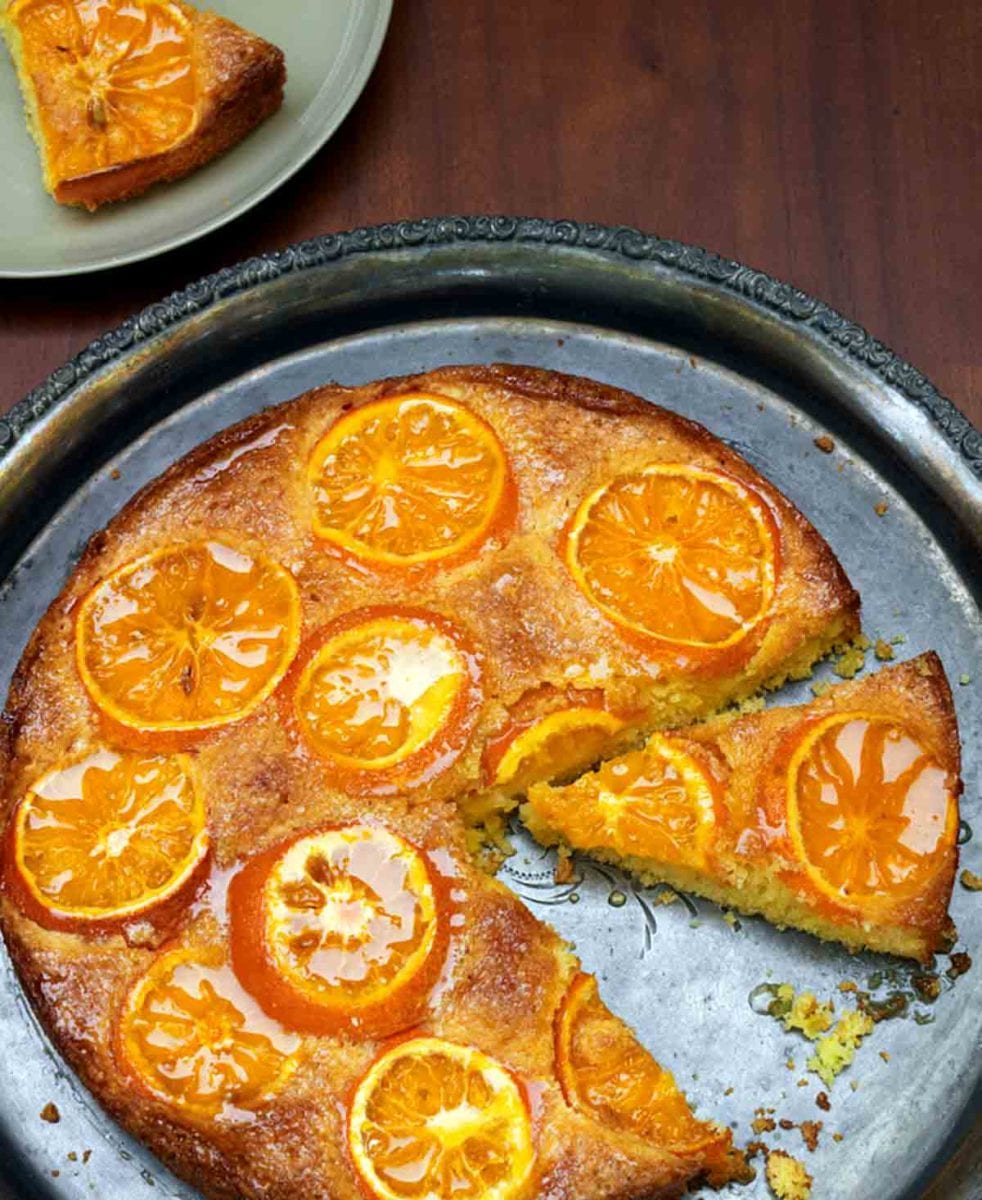
Just looking for a general upgrade for your luck? Maybe all you need is something sweet.
In Spain and Mexico, their lucky food tradition consists of eating 12 grapes (or raisins, if you’re in Portugal) at midnight and making a wish for each. In China, mandarin oranges symbolize happiness, wealth, and celebration, whether eaten out of hand or adorning a clementine cake. Filipino families use red apples to signify luck and green apples for prosperity.
Sneaking in more sweetness is definitely a theme given that many cultures worldwide denote dessert as a symbol of the sweetness of the coming year. King cakes, Bundt cakes, and donuts are favorites because the ring shape symbolizes an impending full circle. (On Mardi Gras, extra luck goes to the guest who finds the coin hidden in the king cake—and doesn’t accidentally swallow it.)

Want to Save This?
Green grapes (and red underwear) for good luck
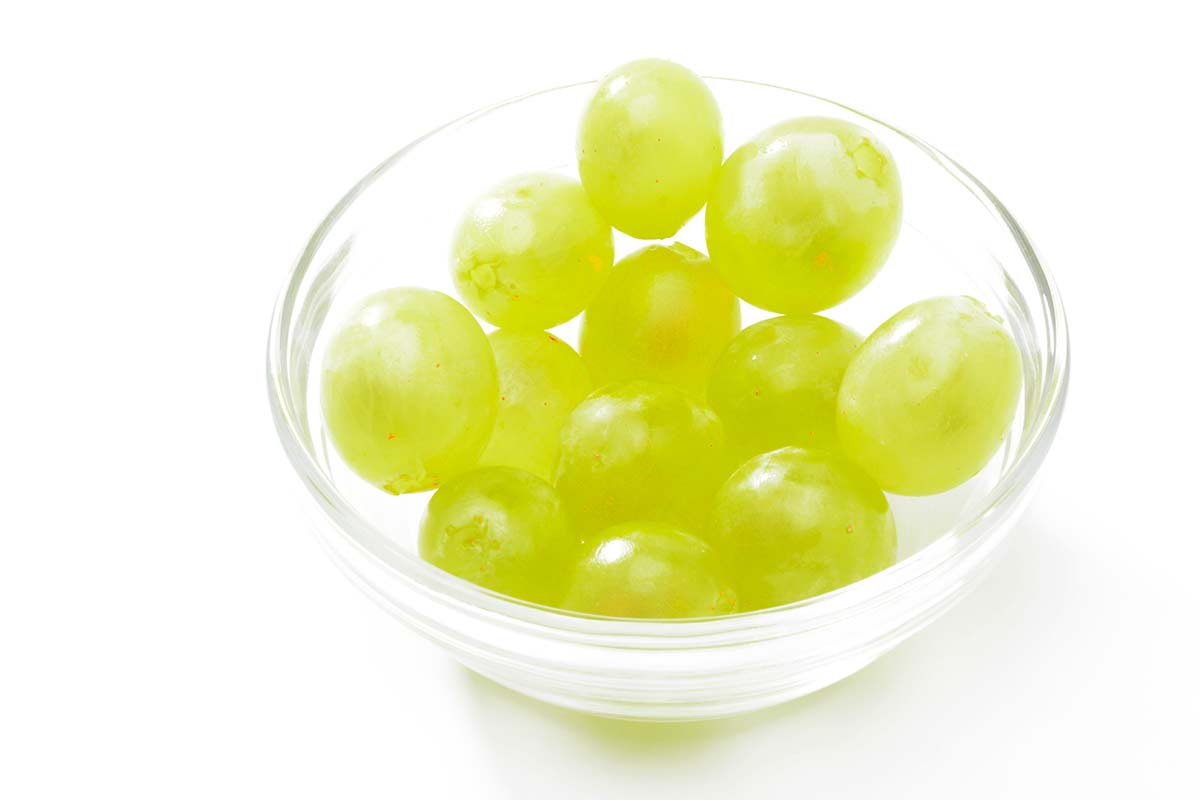
Instead of guzzling Champagne while watching the ball drop, assure your good fortune for the new year by donning your favorite red skivvies and noshing on a bowl of green grapes. The Spanish tradition, which dates back to 1909, suggests eating one green grape at each chime of the midnight clock gives you good luck for the 12 months to come. There’s a catch. (There’s always a catch, isn’t there?) To be the recipient of such good fortune, you must be wearing red underwear while enjoying the grapes, preferably an unmentionable that has been gifted to you.
Rev things up in the bedroom with pomegranates, eggs, and scallions
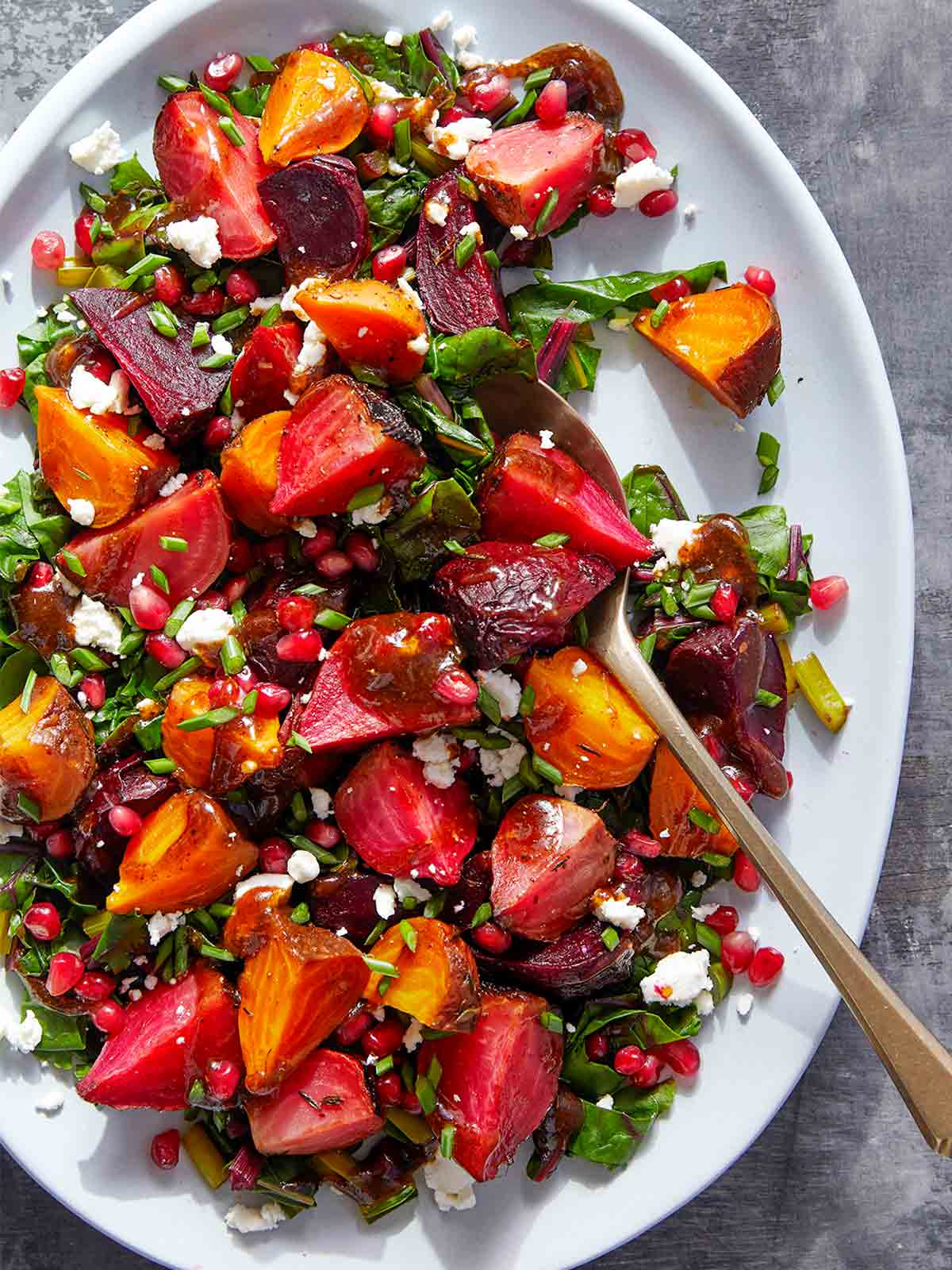
While we’re on the subject of getting lucky for New Year’s Day, if you’re wishing for increased vitality, the answer is always pomegranates. Not a lot of the other lucky foods on this list have as much sex appeal as a garnet-hued, sweet-tart pomegranate. Though they have a reputation as being difficult, they make up for it by being delicious and ripe with symbolism.
Other purported fertility fire starters that make it easy to increase your chances include eggs, onions, and rice. Eggs are symbolic for what we think are obvious reasons. Onions might take a little more imagination. Think about a scallion for just a sec. The slightly bulbous shape. The ability of those little shoots to put down roots and sprout. Are you seeing it? In Greece, they nail onions to the front door to promote rebirth and new beginnings in the New Year. Can’t hurt to tag team steamed cod with ginger and scallions in this simple Asian-inspired dinner.
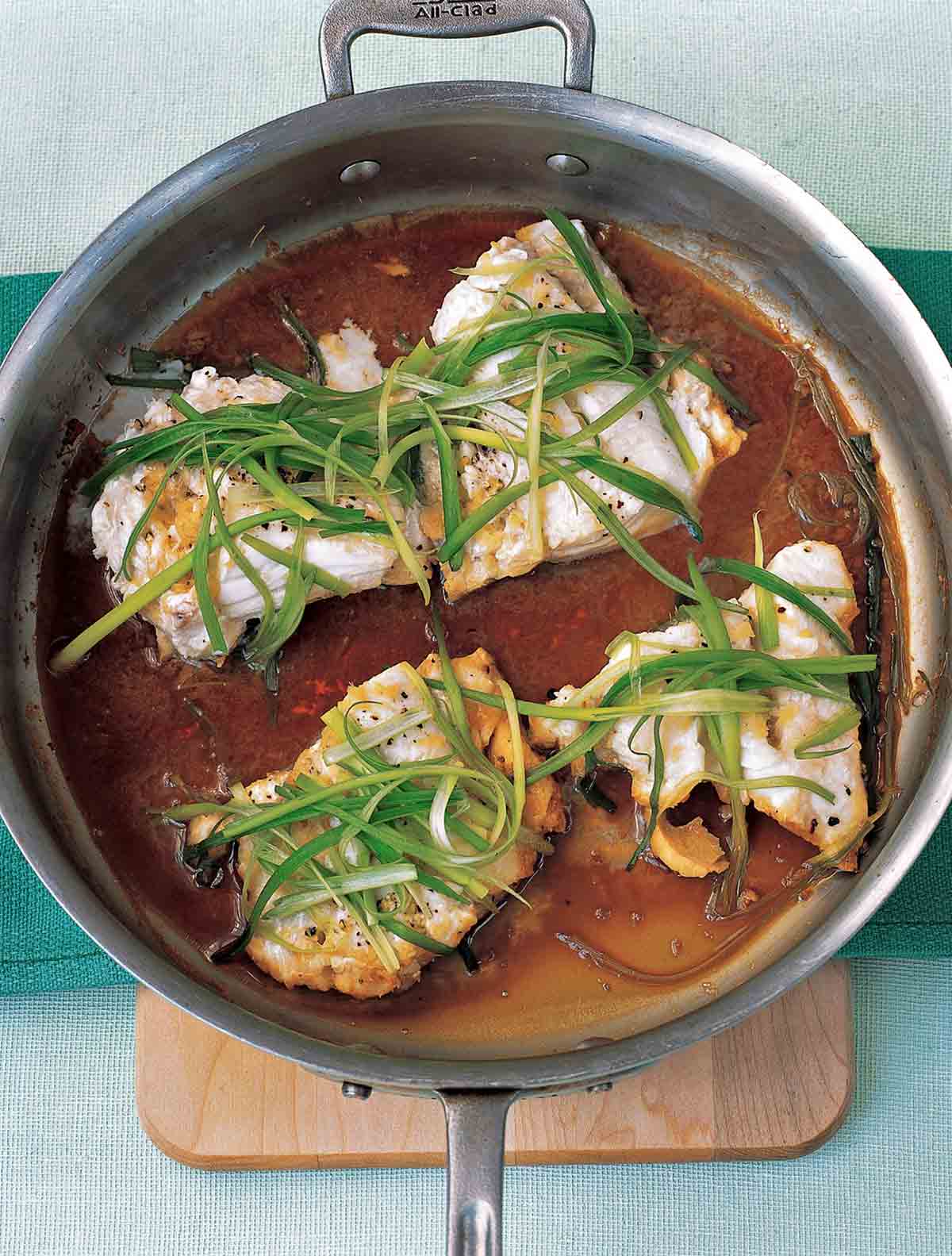
Southeast Asian and Eastern cultures are proponents of rice being good for fertility and New Year’s Day is often ushered in with rice dishes, such as a Persian Rice Pilaf which cleverly contains rice, scallions, as well as pomegranate seeds.
Unlucky foods to avoid on New Year’s Day
If you want to avoid bad luck in 2022, leave the following off the table until January 2nd. (Fortunately, this list isn’t very long so you can get back to what matters—strategizing how to stay awake until midnight.)
Chicken and other winged fowl
Avoid chicken and any other winged fowl. Chicken and turkeys scratch backward in the dirt for food, signifying regression and inviting a hardscrabble year ahead. This includes chicken wings, as they might make all your good luck and prosperity fly away.
Bottom feeder fish
And while fish are typically seen as a fortuitous feast, bottom feeders such as catfish and lobsters should be left off your New Year‘s Eve menu. And those luxuriant lobsters? They have double the bad vibes as their tendency to scuttle backward makes them a symbol of regression.
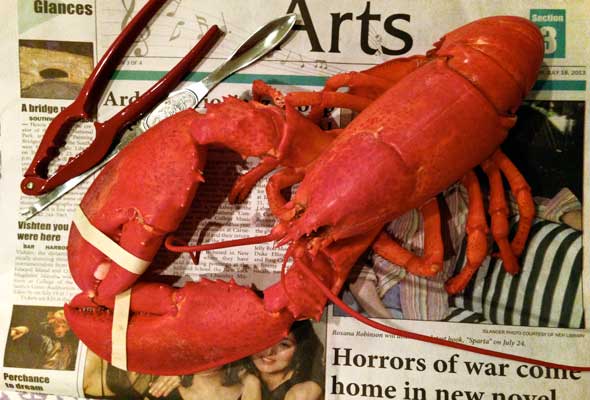
If nothing else…
Just don’t want to embrace superstition or would rather not run to the store? You can always drizzle yourself in honey and hope that good luck starts to stick.
Leite’s Culinaria is not responsible for your upcoming year’s luckiness nor do we guarantee that these ingredients eaten on New Year’s Day will exponentially enhance your prosperity, health, or reproductive success. We DO, however, stand by how damn delicious these recipes are! ?
Originally published December 31, 2020









I didn’t realize there were so many. We don’t do anything but I’m thinking about starting next year but which one to choose, there’s so many things I like maybe I can squeeze several in during the day. I can start with pork sausage for breakfast with bacon, then a chocolate cake for a snack, then maybe the long noodles for lunch…I wonder how much I could eat in a day.
Excellent idea, Kathryn! What a delicious way to make your day even luckier.
Pork and Saurkraut served over mashed potatoes! Bless my husband’s heart for embracing that family tradition for going on 40 years now!
Nice, KimS. Happy New Year!